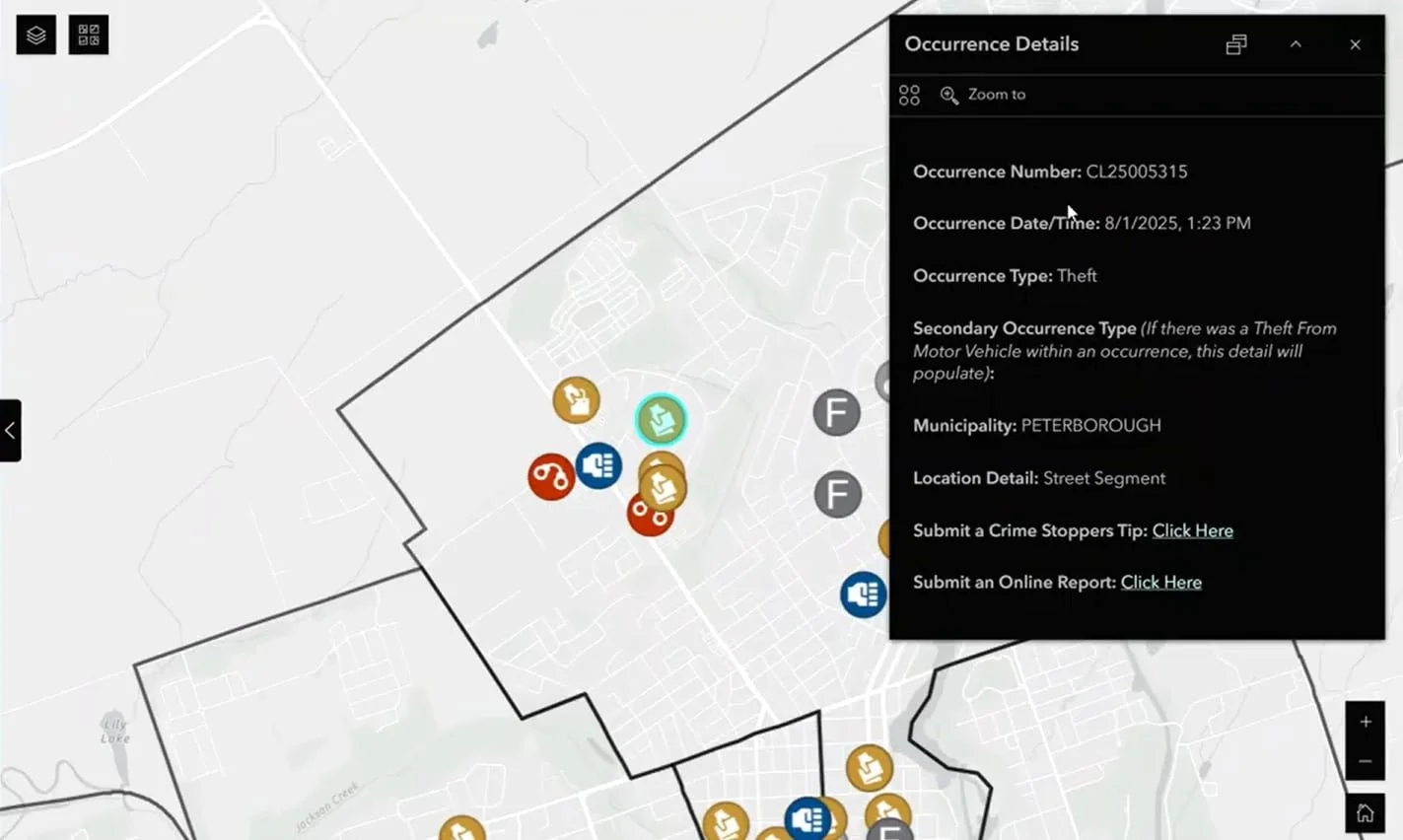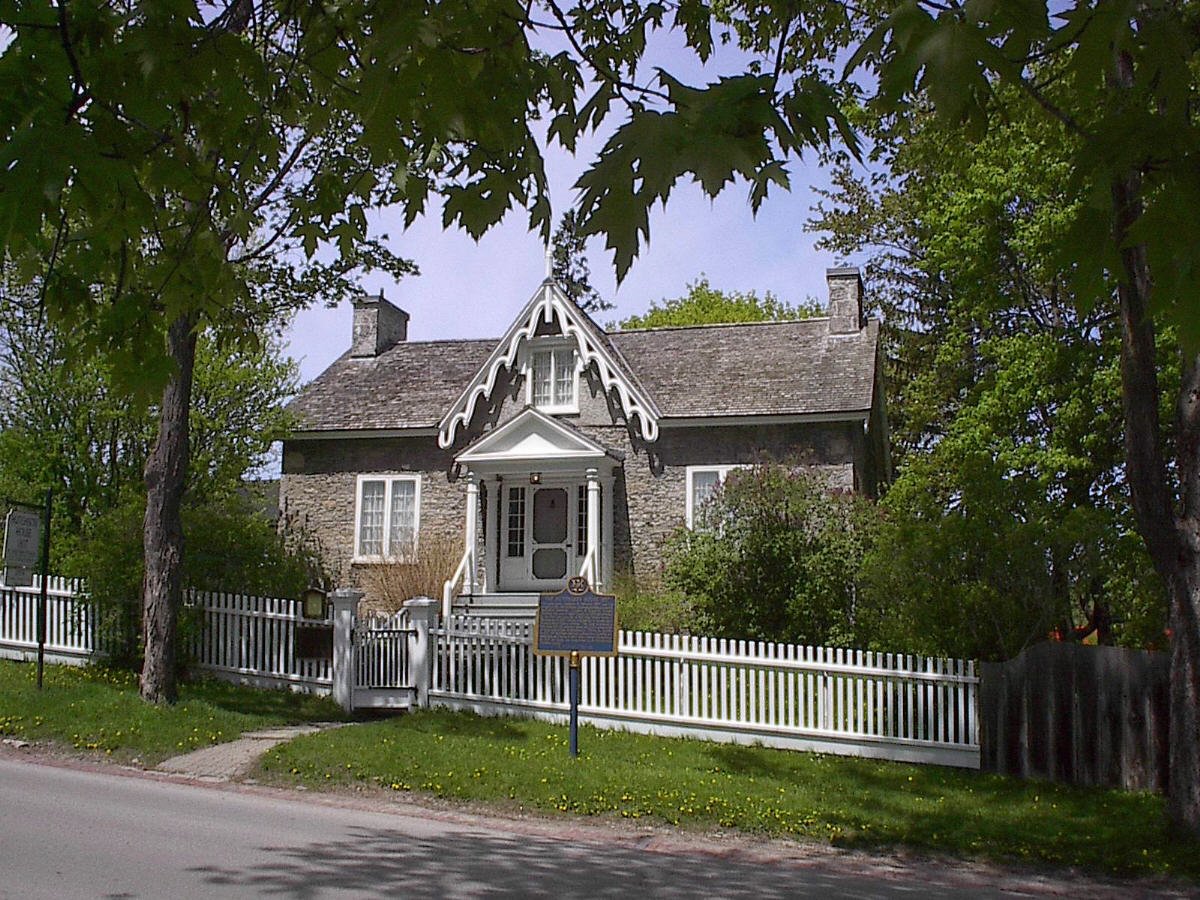Just last week, the City of Peterborough released a survey to hear from artists and organizations about the current state of the arts and culture sector in Ontario. Last year, your local Chamber submitted a letter to Peterborough City Council urging them to reconsider cutting funding for the arts and culture sector in our city. In that letter, we highlighted the importance of this sector to Peterborough’s identity, economy, and livability. We recognize the sector's significance in many ways, including how it drives community spending and brings visitors to our region. We appreciate the city recognizing the value of the arts and culture sector and the clear link between a thriving cultural community and economic benefits.
First, let’s break down what we mean when we refer to "culture." In this context, culture is used as a broad term that encompasses Peterborough’s unique social, physical, and historical makeup. It includes natural and cultural heritage, creative cultural industries, and community cultural organizations. Peterborough is widely known for its cultural attractions compared to neighbouring cities. For example, as of 2023, Peterborough has 115 heritage designations far more than cities like Barrie, which has 16 despite a population of over 100,000, and Thunder Bay, which has 60.
We have a lot to celebrate in Peterborough. Notable events and institutions include Musicfest, which just wrapped up; First Nations Pow Wows; the famous Canadian Canoe Museum, recently named one of the “Top 52 Places to Go in 2025” by the New York Times; the Peterborough Museum and Archives; and the Art Gallery of Peterborough. Peterborough stands out as a hub of culture, with a broad offering that spans heritage, festivals, natural attractions, creative industries, and more. It’s important to take a moment to reflect on just how much this sector contributes.
So, why is the arts and culture sector important to Peterborough? While there isn’t a single figure that captures the total local economic impact, we do have compelling examples. For instance, the Peterborough Musicfest, which runs from June 28 to August 16, brings a $4.3 million annual boost to the local economy and attracts more than 118,000 visitors. Like Musicfest, many other events across the region contribute significantly to economic activity by drawing thousands of attendees and millions of dollars each year.
Even more telling are the provincial numbers. Ontario’s arts and culture sector contributes $26 billion to GDP. Additionally, the sector provides jobs locally and thousands province-wide. As of October 2024, the cultural sector employed 273,478 people directly.
Investing in arts and culture also generates strong returns. Research from the City of Toronto found that for every dollar invested in cultural initiatives, $17.75 is generated in
return, including $5.15 from other levels of government, $5.48 from the private sector, and $7.12 from earned revenues such as ticket sales, program fees, venue rentals, and other spending. While the total impact of our cultural sector hasn’t been fully quantified, this data shows that the arts and culture sector doesn’t just provide social and community value; it drives significant economic activity as well.
As our city continues to grow and work to attract new residents and visitors, building a resilient arts and culture sector is essential. Research by the Ontario Arts Council found that 65% of Ontario business leaders say that a thriving arts and culture scene is something that would make it easier to attract top talent to their community. This highlights just how important it is to strengthen our cultural base and ensure its sustainability. A vibrant arts and culture sector supports both population growth and deeper community engagement.
Additionally, with more Canadians choosing domestic travel over trips to the U.S., our local arts and culture sector is in a prime position to benefit. Peterborough already offers a diverse range of cultural attractions that drive local tourism. We are at a pivotal moment to grow this audience and welcome more visitors. However, to meet the future demand, our cultural organizations must have the resources they need to remain operational and welcoming.
This past year has been particularly challenging for the cultural sector, as it faced threats of budget cuts and limited funding. Running a cultural organization is already difficult; many rely on sponsorships and government support to stay afloat. These investments are essential to the sustainability of the sector. As our VP, Joel Wiebe, said in our letter to council in late 2024:
“Those who are paid are typically compensated at far lower rates than the public sector, and they work well beyond the hours they are compensated for. Cuts to our community organizations will severely impact their servicing capabilities on top of their ongoing selfless efforts to serve our community.”
The arts and culture sector supports our community in selfless and profound ways, and it depends on government funding to continue doing so. This underscores just how critical that support is.
Finally, all of this combined makes the arts and culture sector the fabric of our community. Cultural planning and long-term investment in sustainability are essential to Peterborough’s economic development. If we want to attract new residents, draw in visitors, and retain talent, we must ensure our cultural organizations are sustainably
funded. Culture is not just an accessory; it is a core part of what makes a thriving, growing, and attractive community.
If you would like to have your say on shaping the cultural environment in the City of Peterborough, please click here. Responses are due August 25th, 2025.

















